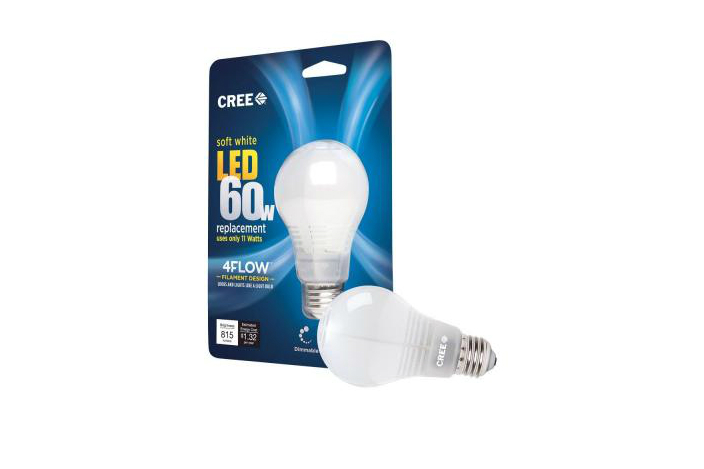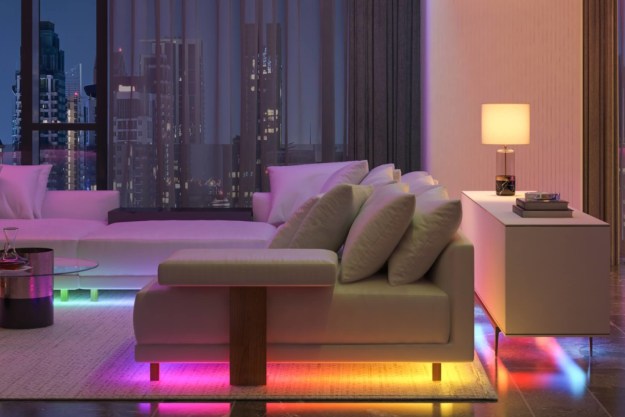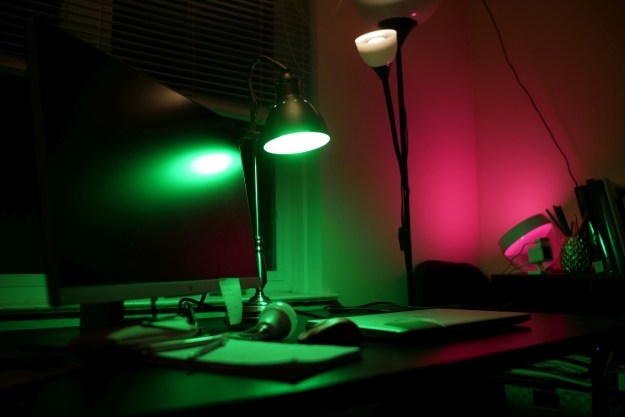
But the familiar bulbs we grow up with only typically last around 1,000 hours. That means that $7 four-pack won’t last as long as a single LED, and these long-lasting bulbs are finally starting to come to a price point where the math is making sense to consumers. Cree just announced its making its own bulbs a little more attractive by lengthening their lives to over 27 years (30,000 hours), while still costing about $8. While it still looks like a regular bulb, the lifetime and performance are both improved, according to Cree. “It’s a better LED bulb,” Cree’s VP of corporate marketing, Mike Watson, tells Digital Trends.
“We’re putting a stake in the ground, holding ourselves and the industry accountable,” says Watson. “It shouldn’t be a surprise, in every case the top things people are looking for is better performance, more features, and longer lifetime more than price.”
The dimmable bulb will better display colors, says Watson, and customers can get their money back or a new bulb if they’re not satisfied with the product. The 40-watt replacement has an output of 460 lumens and 815 lumens for the 60-watt replacement. They’re available right now at The Home Depot for $6.
While $6 for an LED might still make you balk, light bulbs are pretty portable, so even if you don’t plan on staying in your house for the next couple decades, you can always bring them with you when you move.
Editors' Recommendations
- Are smart lights bulbs worth it?
- Nanoleaf reveals new Matter-enabled smart lights at CES 2023
- TP Link launches budget-friendly smart light strips
- Twinkly’s new Dots LED string lights play nice with Razer Chroma
- Abode expands line of smart home devices with doorbell, light bulbs at CES 2022


